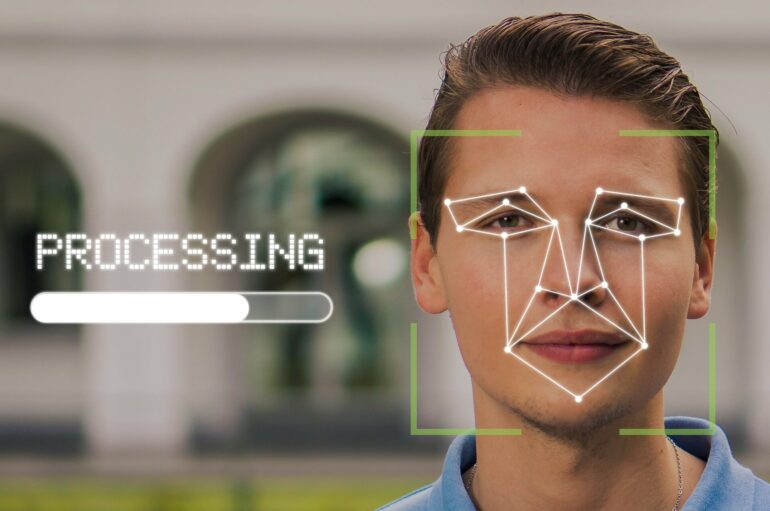Manipulated advertising is becoming an increasingly prevalent phenomenon in marketing. Techniques such as deepfakes leverage artificial intelligence and machine learning to generate convincing, true-to-life, synthetic replicas that are nearly impossible for consumers to detect.
The world of deepfake advertising is coming.
New Swinburne University of Technology research reveals how deepfakes are likely to be used by companies and marketers in “Preparing for an Era of Deepfakes and AI-Generated Ads: A Framework for Understanding Responses to Manipulated Advertising” published in the Journal of Advertising
To date, content produced by synthetic methods is mostly user-generated, often by technologists showcasing their AI prowess by training AI to swap faces or voices of very different actors or politicians. Much of this user generated content is obviously fake. The producers’ intentions are less likely to fool, mislead or trick audiences, but to create humor and demonstrate the potential capabilities of this emerging technology.
Advertisers will be capable of producing deepfakes indistinguishable from the real thing—including deepfakes of ourselves in advertising—although experts say there will be benefits to steer away from being too real or accurate.
Researcher in digital innovations in marketing and advertising, Associate Professor Colin Campbell, said, “Imagine ads that skip the model entirely and show you wearing the clothes—something similar to the futuristic ads in the 2002 film, Minority Report.
“It’s a concept that may prove too intimidating for many consumers. There is an abundance of research that shows greater positive effects when consumers see people like them in ads. Brands could tailor ads by serving up a deepfake model matching your exact ethnicity, height, wearing clothes similar to what you’ve purchased previously or liked online, standing on a street near your home or workplace using data extracted from social media, retail sensors or loyalty programs.
“These personalized ads could lead to more sales and improved reputation for brands, so long as they don’t cross over into hyper customer surveillance—leading to privacy concerns and feelings of vulnerability from consumers.”
Researcher in innovations in retail and social media, Professor Sean Sands, says, “It’s likely that deepfakes will be widely used in mainstream media within a decade.
“Marketers will strive to create ‘authentically human’ deepfakes to seem ‘real.’ But we also have research that suggests consumers can be more forgiving of obviously virtual influencers. Some businesses may strive to make the fact a deepfake is fake known, so their consumers may be more forgiving of their transgressions.”
More information:
Colin Campbell et al, Preparing for an Era of Deepfakes and AI-Generated Ads: A Framework for Understanding Responses to Manipulated Advertising, Journal of Advertising (2021). DOI: 10.1080/00913367.2021.1909515
Provided by
Swinburne University of Technology
Citation:
The world of deepfake advertising is coming this decade (2022, November 10)



